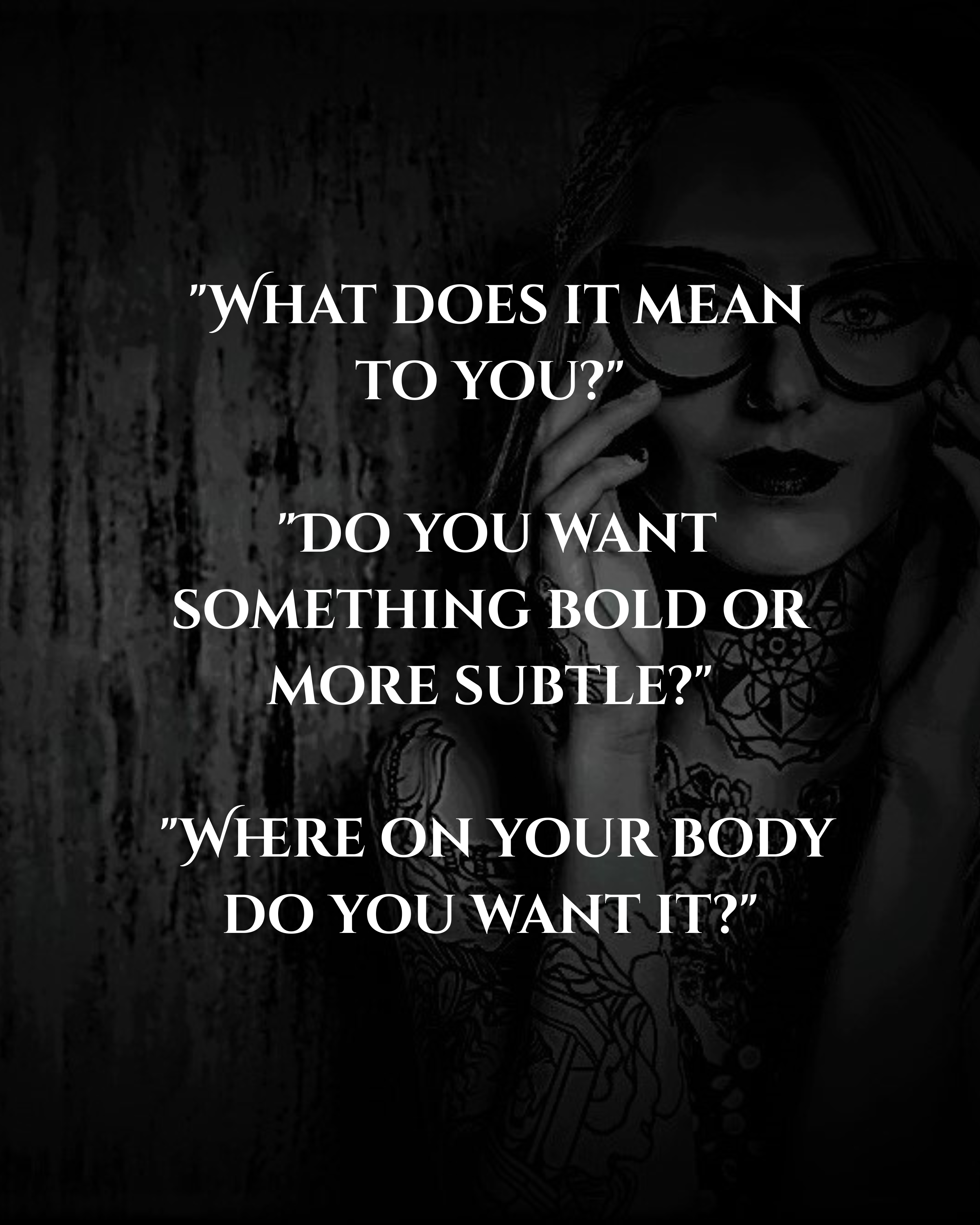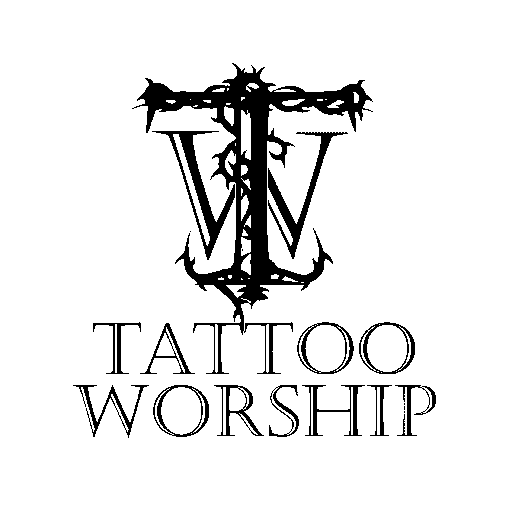Tattoo Art
Picking a Tattoo Design
Choosing a tattoo design is an intimate and often emotional process—a blend of inspiration, meaning, and personal style. It can feel exciting, overwhelming, or even sacred, depending on what the tattoo represents.
You sit in the tattoo studio, the scent of ink and antiseptic in the air, flipping through a thick binder of flash sheets—rows of skulls, roses, dragons, daggers, and delicate script. The walls are covered in framed artwork, each piece bold with color, heavy with meaning.
But nothing clicks—yet.
Your eyes scan designs online, or maybe you’ve brought a rough sketch, a symbol, or a photograph of something that matters to you: a date, a face, or a phrase whispered by someone you loved. Each image you consider carries weight. You’re not just picking art—you’re choosing what will live on your skin forever.
The tattoo artist sits beside you, sketchbook in hand, asking questions:
“What does it mean to you?”
“Do you want something bold or more subtle?”
“Where on your body do you want it?”
You start narrowing it down. A minimalist mountain for your love of travel. A koi fish for resilience. A name, a quote, a constellation. The artist begins to sketch, pencil whispering across paper, shaping your idea into something real—unique to you.
It starts to feel right. The design speaks to a part of you. It fits—not just your skin, but your story.
When you finally say, “Yes, that’s it,” there’s a quiet certainty. You’re not just picking a tattoo—you’re choosing a mark that will stay with you, like a secret or a shield, a memory inked into the map of your body.
Tattoo artists draw inspiration from many sources—both personal and external. What inspires each artist varies based on their background, artistic interests, and life experiences. Here are some common sources of inspiration:

🔹 Art and Design
- Classic art (e.g., Renaissance, abstract, surrealism)
- Contemporary graphic design, graffiti, or digital art
- Traditional tattoo styles like American Traditional, Japanese Irezumi, Polynesian tribal art
🔹 Culture and Heritage
- Personal cultural background or ancestral symbols
- Indigenous patterns or symbolism (with respect to cultural appropriation)
- Mythology, folklore, or religious imagery
🔹 Nature and the World
- Animals, plants, and landscapes
- Celestial elements (moons, stars, galaxies)
- Ocean life, forests, deserts, etc.
🔹 People and Emotions
- Client stories—tattoos often represent meaningful experiences, loss, love, or personal growth
- Personal life experiences or emotional journeys
- Portraits of loved ones, icons, or fictional characters
🔹 Pop Culture
- Movies, anime, books, video games
- Music, lyrics, or artists
- Street culture, fashion, or skate culture
🔹 Other Tattoo Artists
- Admiring and learning from peers or legends in the tattoo industry
- Tattoo conventions and collaborations
- Online tattoo communities (like Instagram or Reddit)

